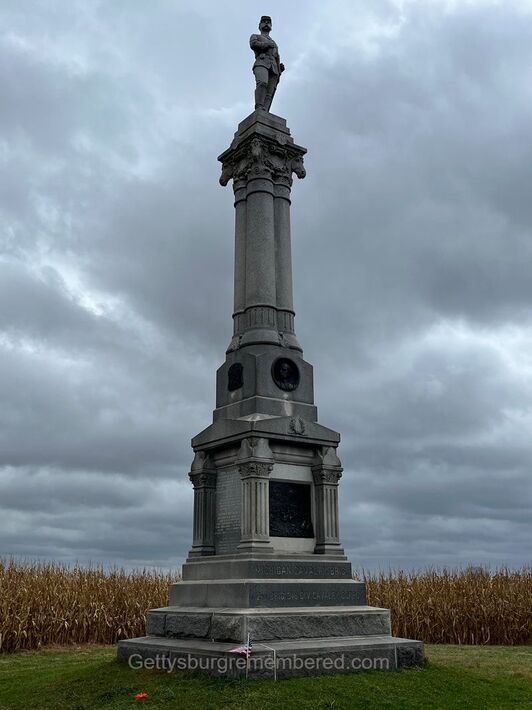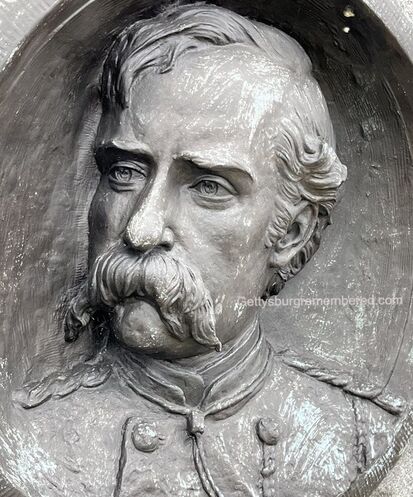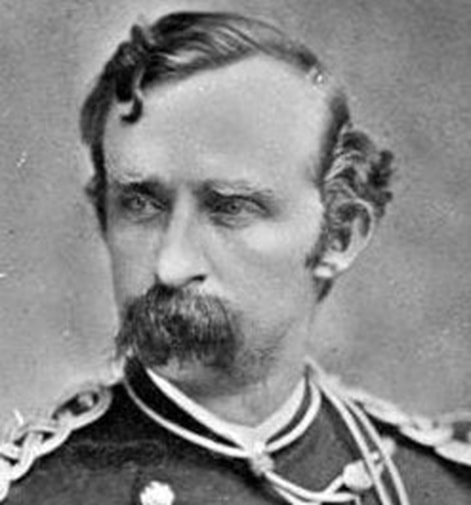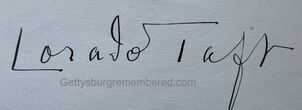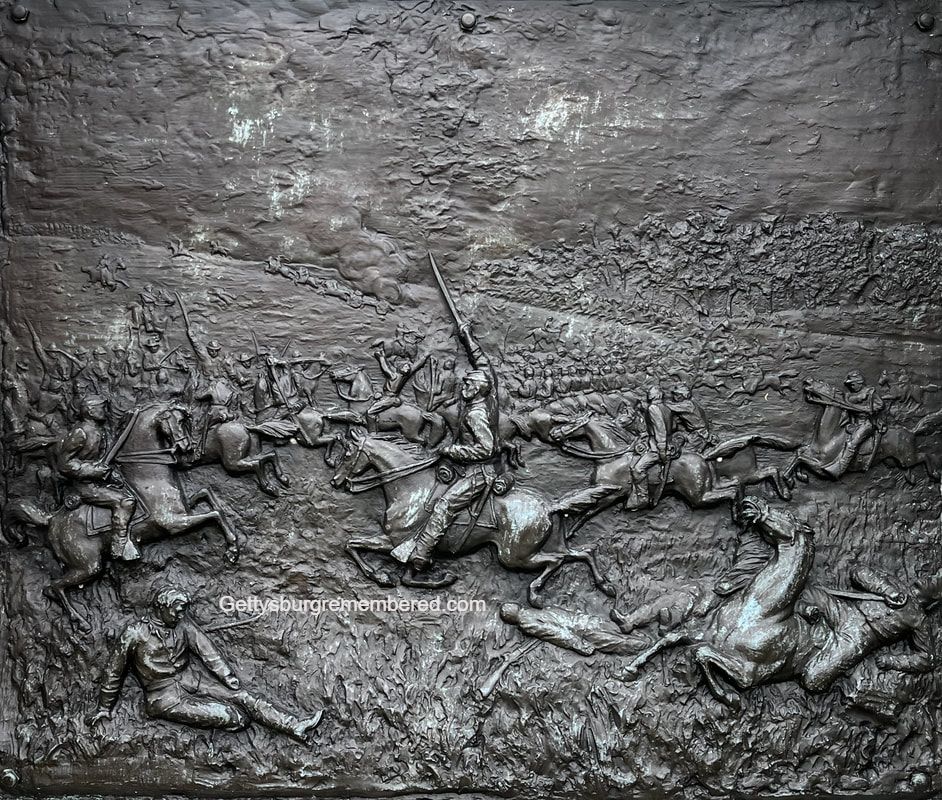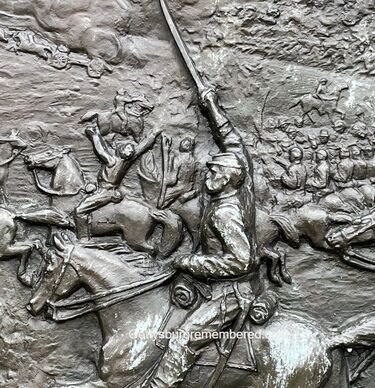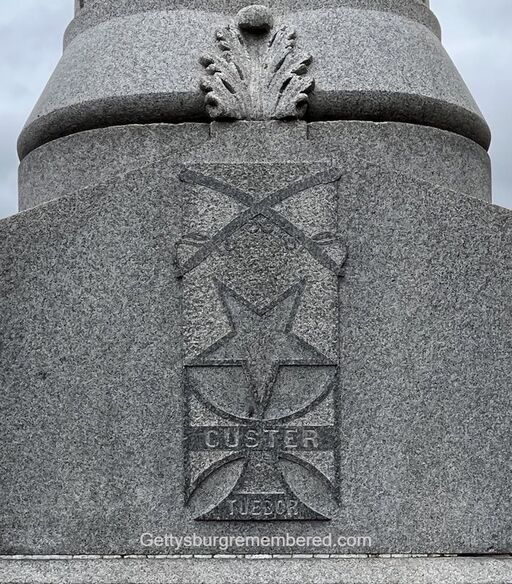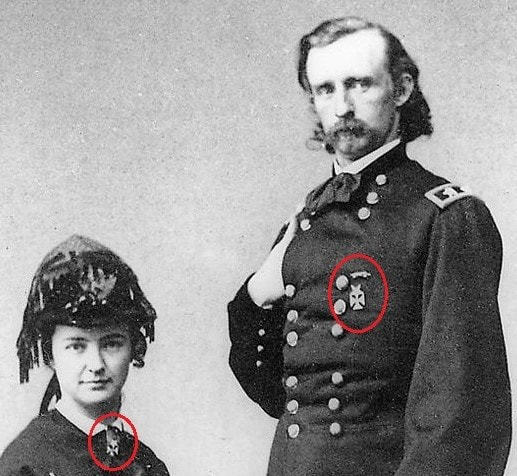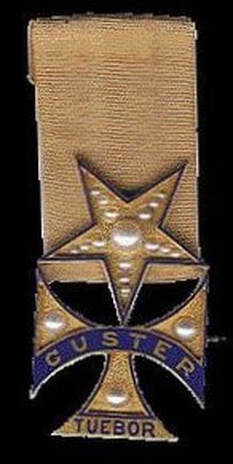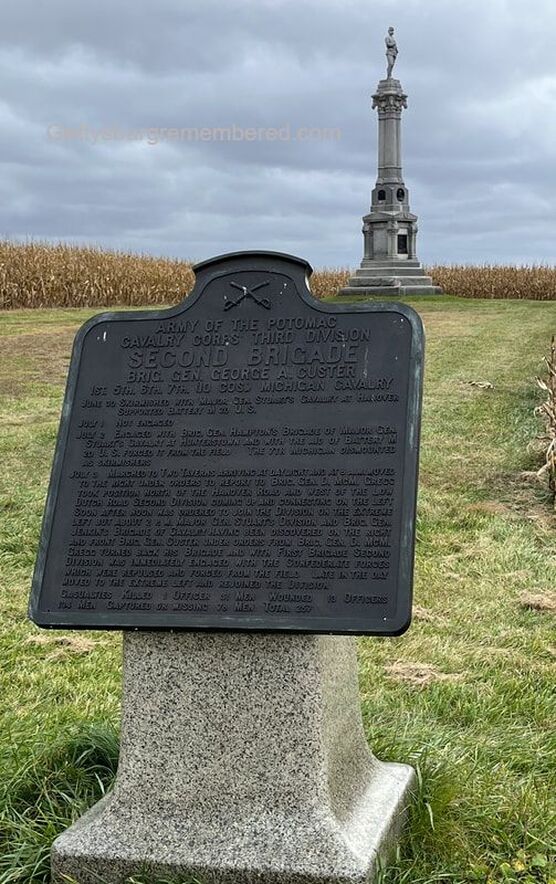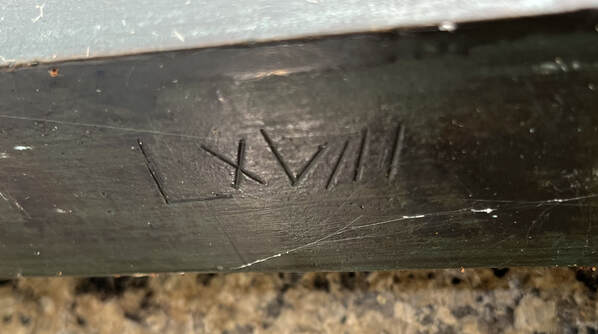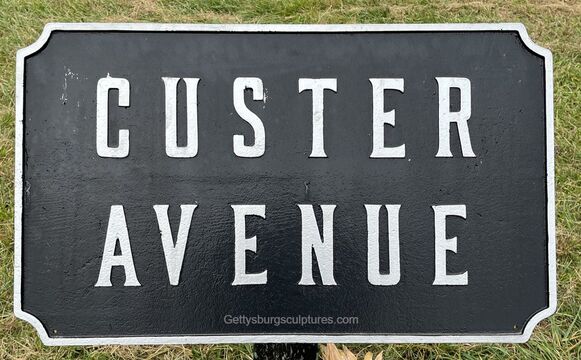Michigan's Cavalry Brigade Monument East Cavalry Field
The Michigan Cavalry Brigade monument now sits nearly three and a half miles east of Gettysburg's town circle. The construction of this impressive monument was complete in early January, 1889.
The Michigan Brigade’s Fine Monument.
"The finest Calvary monument on the battlefield at Gettysburg was finished Friday last it is that of the Michigan brigade commanded by Gen. Custer and which took part in the Calvary fight east of town on July 2 (should be 3rd). The memorial is Barr granite 12 feet square at the base and 46 feet high. Above the die are four columns, the figure of a dismounted cavalryman forming the cap-piece. On the front face of the die is set a large bronze medallion of general Custer."
The National Tribune 10 Jan. 1889
The formal dedication of the monument was held June 13, 1889.
The Michigan Brigade’s Fine Monument.
"The finest Calvary monument on the battlefield at Gettysburg was finished Friday last it is that of the Michigan brigade commanded by Gen. Custer and which took part in the Calvary fight east of town on July 2 (should be 3rd). The memorial is Barr granite 12 feet square at the base and 46 feet high. Above the die are four columns, the figure of a dismounted cavalryman forming the cap-piece. On the front face of the die is set a large bronze medallion of general Custer."
The National Tribune 10 Jan. 1889
The formal dedication of the monument was held June 13, 1889.
Several unique and often overlooked features of the monument include the detailed bas-relief of Custer, and the now famous cavalry charge. Depicted on the south side of the monument is the low relief of the "Tuebor" badge worn by Custer. Atop the monument is the detailed statue of a cavalryman overlooking the battlefield. These features and others make this monument very distinct.
|
Illinois sculptor Lorado Taft would create the bronze reliefs of Custer as well as the cavalry charge depicted on the monument. In 1888 Taft would receive several commission to create several Michigan monuments at Gettysburg. These included the Michigan Cavalry Brigade Monument as well as the 3rd and 4th Michigan Infantry Monuments. Mr. Lorado Taft has been entrusted with a portion of the Michigan military monumental work for Gettysburg. A state Commission of three officers familiar with the achievement of The Wolverine heroes is engaged in designating which appropriate artistic designs to sections of the famous field at which Michigan blood was poured so freely for the union. One of Mr. Taft’s schemes is a bronze panel of a cavalry charge another is a medallion of Custer in high relief heroic size in bronze … Chicago Tribune 13 May, 1888 |
|
Taft's bronze relief of the charge depicts the moment the Northern and Confederate cavalry meet. This event occurred on the afternoon of July 3rd. In the center of the relief appears to be Custer, sword in the air, urging his "Wolverine's" onward. Not sure why Taft included artillery in the background of the relief. I also wonder if the flank attack by Medal of Honor recipient Captain William Miller and the 3rd Pennsylvania Cavalry is depicted along the distant tree line. My guess its not.
|
On the south side of the monument is the relief of the badge worn by General Custer during the Civil War. The iconic Custer "Tuebor" Medal (Latin for "I will defend") is in the shape of a Maltese cross beneath a five-pointed star representing Custer's rank as brigadier general. The motto was derived from the Michigan state seal adopted in 1836 and commemorated the prominent role of the Michigan Territory against the British and their Indian allies during the War of 1812.
Custer would have a smaller example of the badge made for his wife by Tiffany & Company. Custer would also present similar examples usually with a specific regimental number to various Michigan officers that served under him.
Custer would have a smaller example of the badge made for his wife by Tiffany & Company. Custer would also present similar examples usually with a specific regimental number to various Michigan officers that served under him.
|
The Second Brigade (Custer's) Third Division Cavalry Corps tablet is in front of the monument. These tablets give detailed information of the service of both Northern and Confederate Brigades at Gettysburg. As noted on my Brigade Tablets Page, each of the bronze tablets were numbered using roman numerals. The Second Brigade tablet is marked LXVIII or number "68."
See my Confederate and Union Brigade Tablets page for more details. |
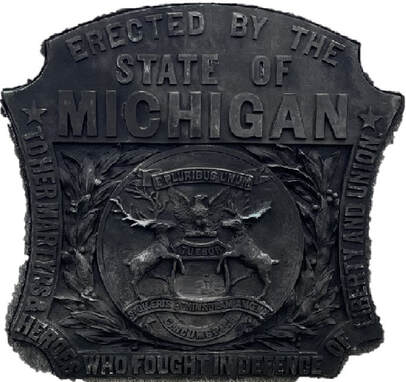 State of Michigan Gettysburg monument plaque.
State of Michigan Gettysburg monument plaque.
The circular State Seal of Michigan was placed inside this specially designed plaque that adorns the Michigan Monuments at Gettysburg. First, this plaque notes the monuments that were erected by the state of Michigan.
In addition, around the outer profile of the plaque it reads "TO HER MARTYRS & HEROES WHO FOUGHT IN DEFENSE OF LIBERTY AND UNION." This design is unique to Michigan monuments. Most other Northern state monuments use their respective state seals without modifications or addition notation.
In addition, around the outer profile of the plaque it reads "TO HER MARTYRS & HEROES WHO FOUGHT IN DEFENSE OF LIBERTY AND UNION." This design is unique to Michigan monuments. Most other Northern state monuments use their respective state seals without modifications or addition notation.
Located on the east side of the monument is a low relief depicting the Cavalry Corps Badge. This symbol is also often referred to the "Sheridan Cavalry Corps Badge" named for Maj. General Philip Sheridan. With the request of U.S. Grant in 1864, Sheridan would command the cavalry with the Army of the Potomac.
